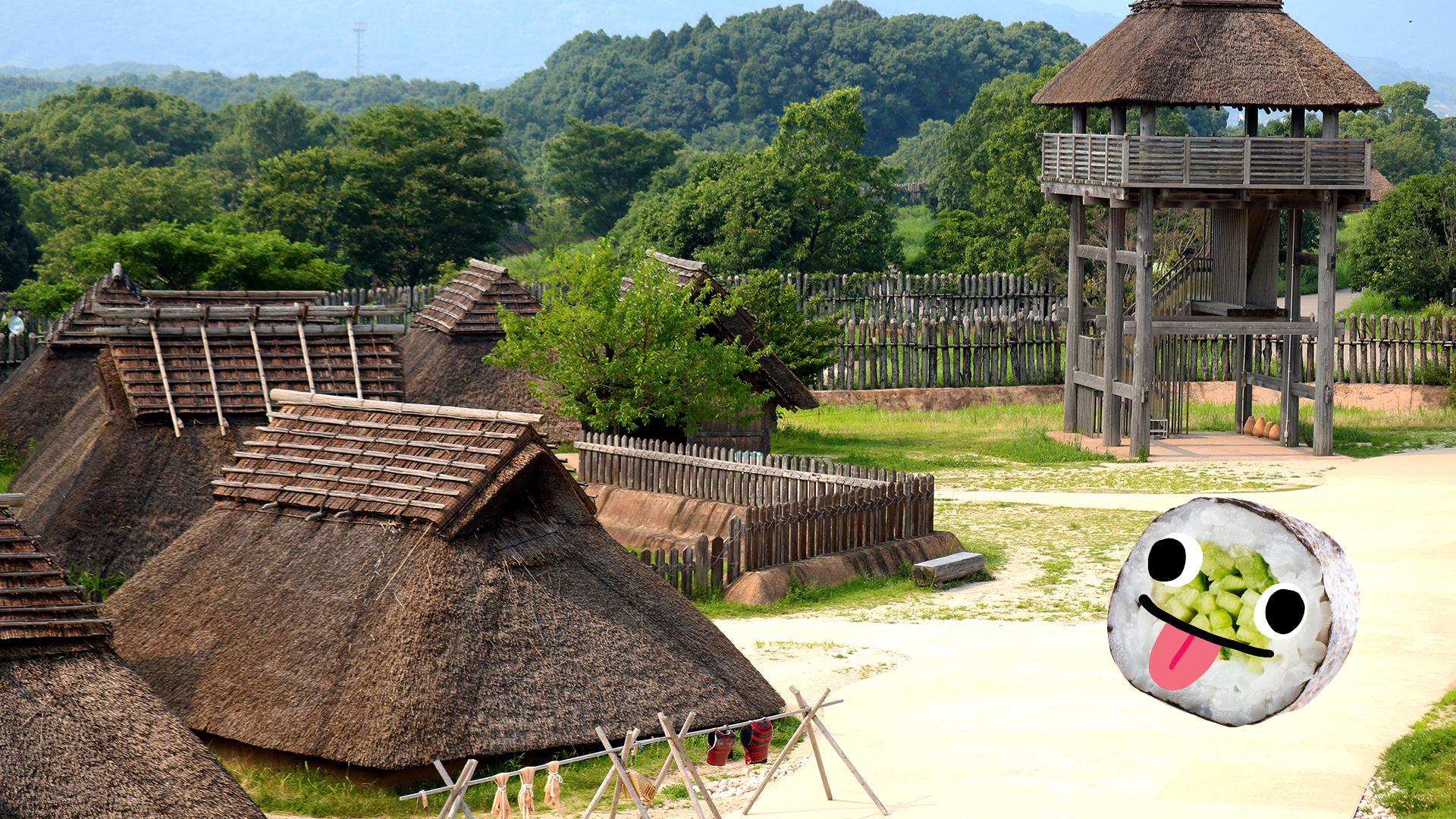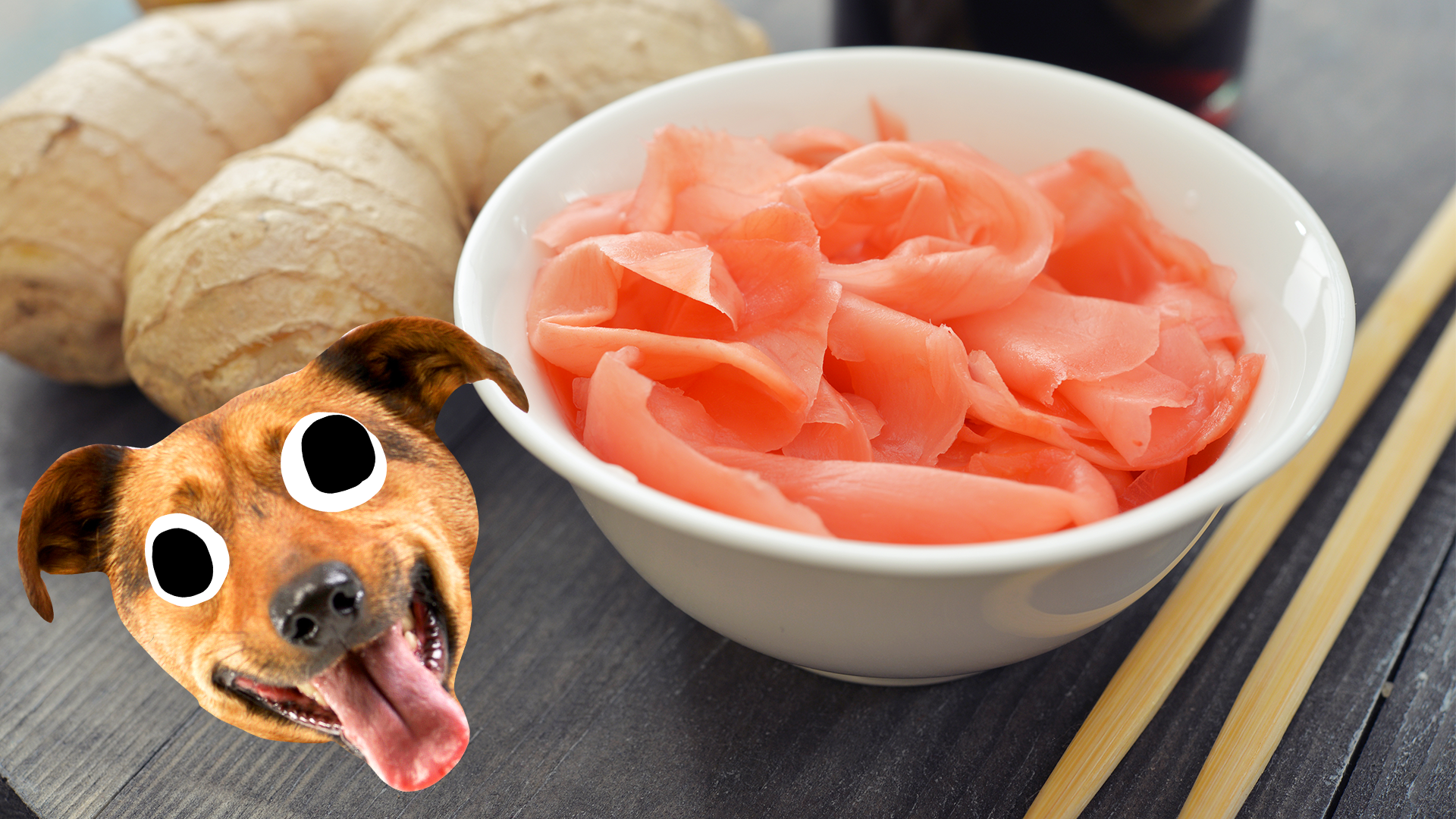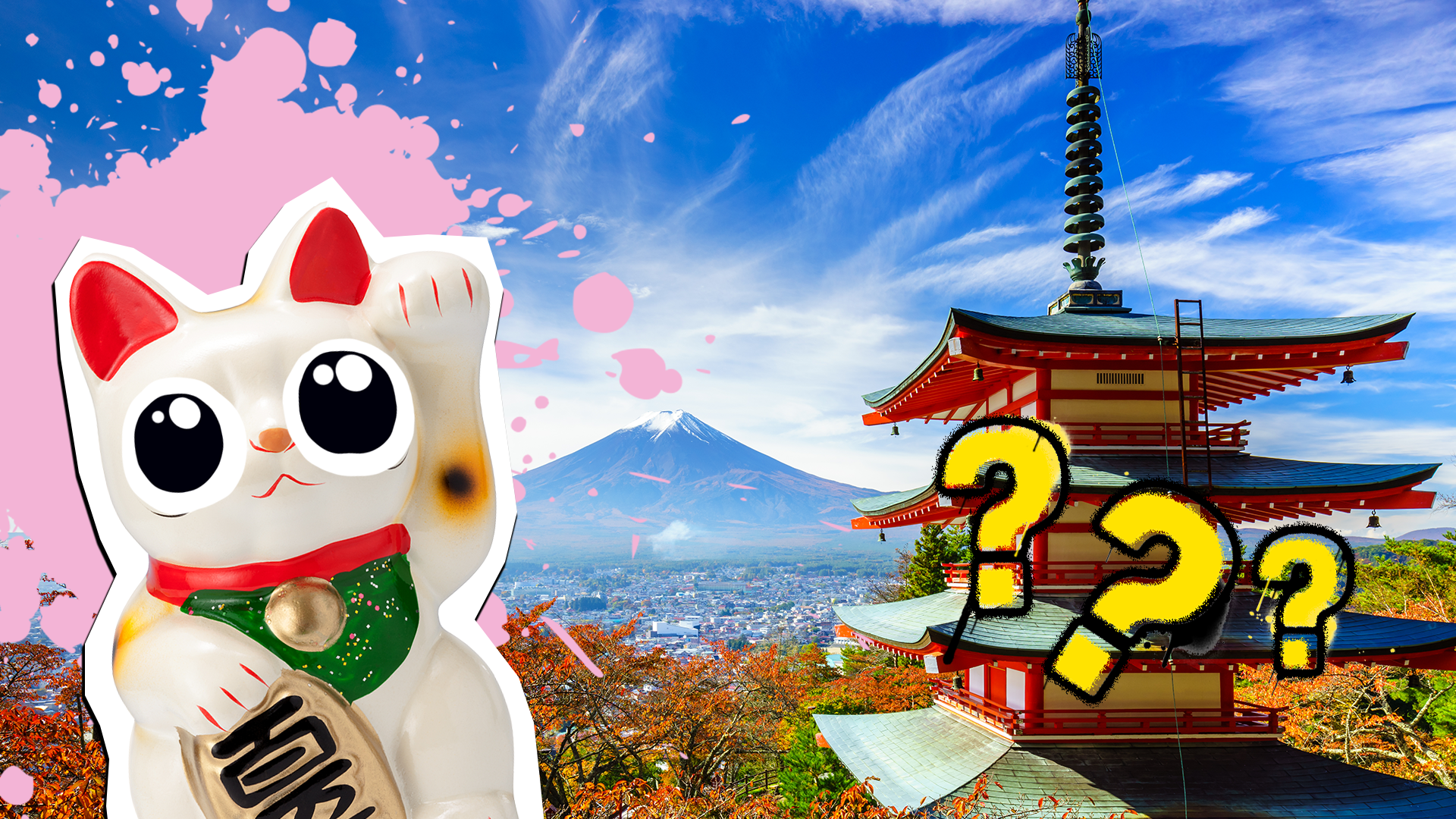15 Swimmingly Spectacular Sushi Facts
Rice and shine with these fifteen fishy sushi facts!
If you're an adventurous eater, you've probably had a bite or two of sushi! It's a super yummy rice dish from Japan that's usually served with miso soup and a big splash of soy sauce. But it also has a long and fascinating history, and some modern facts you may not know about! Have you ever wonder who created modern sushi, when it became popular outside of Japan, and why sashimi ISN'T sushi? It's all here! For more Japanese quizzes check out the rest of the site - see if you know Japan's geography, try our Tokyo city quiz, or see how well you know Japan!
1. It didn't originate in Japan

Sushi is famously a Japanese food - but it probably took inspiration from somewhere else! The dish originated in the Mekong River basin in Southeast Asia, where people would ferment fish by wrapping it in sour rice. The dish made its way to China, and then eventually to Japan, where it became the dish we love today! Fermenting fish is a good way of keeping it safe to eat for a long time, before fridges were common.
2. It has a long history

The first type of sushi was called narezushi and first appeared in the Yayoi period - that was from 300BC to 300AD! It was a bit different from modern sushi though, as the rice wasn't part of the dish - it was just used to help ferment it. Narezushi is a bit of a delicacy now as it has a very strong taste. Modern sushi is called nigirizushi, which means "hand-pressed sushi." Its invention is credited to Hanaya Yohei, a chef who lived from 1799 to 1858.
3. It was a fast food

Sushi is often considered a fancy dish nowadays, but back in the olden days it was a street food! Sushi was treated a bit like how we treat hot dogs and tacos nowadays - a food that not-very-rich people would buy from street vendors and often eat with their hands. This meant it was great as a quick lunch for people who didn't have time to sit down and eat! It's a bit more sophisticated now to sit down and eat your sushi using chopsticks.
4. The name means "sour-tasting"

If you've ever had sushi you will know that its main characteristic is that fermented vinegar taste! Sushi is a sour or umami taste - umami is one of the five basic tastes, the others being sweet, sour, bitter and salty.
5. It tastes worse if you eat it from the fridge

Ever been disappointed by supermarket meal-deal sushi? There's a reason for that! Fish oxidises once it's been cut and exposed to air, which is why sushi is best prepared and eaten immediately. It's safer to refrigerate it if it's being sold in a supermarket, but this affects the taste and texture - supermarket sushi is less flavourful, too dry and a lot less tender. The best sushi meal will be freshly prepared by a good chef, and served straight away at room temperature!
6. It's always been associated with Tokyo

Tokyo is the capital city of Japan, and it's also the capital city of sushi! Sushi has always been a very cosmopolitan dish - Tokyo was where Hanaya Yohei developed modern sushi, and his restaurant Hanaya was based here too. A popular type of sushi is called edomae, and the word comes from Edo, which was the old name for Tokyo.
7. It became more sophisticated because of a tragedy

In 1923 a very serious earthquake known as the Great Kantō earthquake struck the Japanese island of Honshū, which is where Tokyo is. Between 105,385–142,800 people died in the earthquake, and in the firestorms, tsunami and the violence that followed it. A lot of things happened socially and politically after the tragedy, and a very surprising one is the effect it had on sushi. Land prices fell down a lot after the destruction, and this meant that sushi vendors were able to buy up more permanent homes for their businesses. This was the start of sushi as a fancier food, going from vendors selling from stalls to chefs serving in a restaurant!
8. You've probably never eaten real wasabi

Wasabi is the green paste that comes with sushi - but the real stuff that comes from the wasabia japonica plant is VERY expensive. Real wasabi is usualy only found in very fancy restaurants, and the stuff you get in most places is a mixture of horseradish paste and mustard!
9. There are six types of Japanese sushi

Sushi is a lot more diverse than you might think! Not all sushi has to have fish in it, but it does need to have vinegar rice to count as a sushi dish. According to Japanese masterchef Hiroko Shimbo, there are six types of sushi: chirashizushi (scattered sushi on rice, a bit like a poke bowl); inarizushi (vinegar rice fried in a sweet tofu pocket); makizushi (filled rice rolls wrapped in seaweed, one of the most popular dishes outside Japan); narezushi (the OG fermented fish dish); nigirizushi (rice topped with fish); and oshizushi (pressed, layered sushi in a square, triangle or oblong). Sashimi is a popular dish often served at sushi restaurants, but it isn't actually sushi - it's raw fish or meat served in slices, and has no rice!
10. There's sushi etiquette

If you're eating sushi at a posh restaurant, there are some rules! Firstly, it's polite to eat smaller sushi pieces in one bite (it's also easier if you're eating with chopsticks). Bigger, American-style rolls are easier eaten in a few bites though - it's also rude to have a very full mouth! Dipping sushi rice in soy sauce isn't always a good idea, as it might make it soggy and fall apart. Nigiri sushi often already has wasabi in it, so adding more might make your sushi too strong and it's a bit insulting to the chef. Finally, it's polite for grown-ups to buy the chef a drink as a thank you for their work (this is usually sake, which is a very strong Japanese wine made with rice). Oh, and it kind of goes without saying - don't use a knife and fork!
11. It takes years to become a sushi chef

Speaking of chefs, did you know they work very hard to become masters at their craft? A sushi master is called itamae, and it can take up to twenty years of training to become one! They will start as an apprentice, and then become a wakiita (which means "near the cutting board"), the person who chops the fresh ingredients and watches the itamae. Eventually they may become itamae themselves, and stand behind the main cutting board.
12. You should eat ginger between bites

Sushi is traditionally served with flakes of pickled ginger, which you don't put on your sushi - you eat it between bites to cleanse your palate for the next flavour! Sushi ginger is often dyed a pinkish colour using artificial colours, or sometimes beet juice.
13. Sushi became popular worldwide after World War 2

Sushi is enjoyed all over the world today, but it took a while to make it big outside of Japan! America has had a pretty big Japanese immigrant community for a long time, especially on the West Coast, but Japanese restaurants didn't make a huge impact among non-Japanese people until the 1960s (Japan was allied with Germany during the war, so it took a while for Americans to get used to the idea of eating Japanese food). A man named Noritoshi Kanai is credited with opening the first authentic sushi bar in the US, in Los Angeles' Little Tokyo area. More restaurants opened up, and when sushi became popular with Hollywood celebrities it was officially fashionable to eat sushi! Americanised versions of sushi dishes like the California roll and the rainbow roll are some of the most popular international sushi dishes, and you can get sushi in just about any town in the UK!
14. It has a lot of health benefits

Sushi has a lot going for it health-wise. It's full of omega-3, vitamin B12, calcium, and iron, and it's recommended for people with depression and memory issues. It can also help prevent osteoporosis, a condition that makes your bones weak. It's also low in fat and high in protein!
15. ...but also some risks!

Some large fish like tuna (especially bluefin tuna) have high levels of mercury in them, which isn't good for you. Badly-prepared fish can also contain parasites, which are also not good! It's best to get sushi from a good, reliable restaurant, and don't make it the only thing you ever eat - no matter how delicious it is!



















